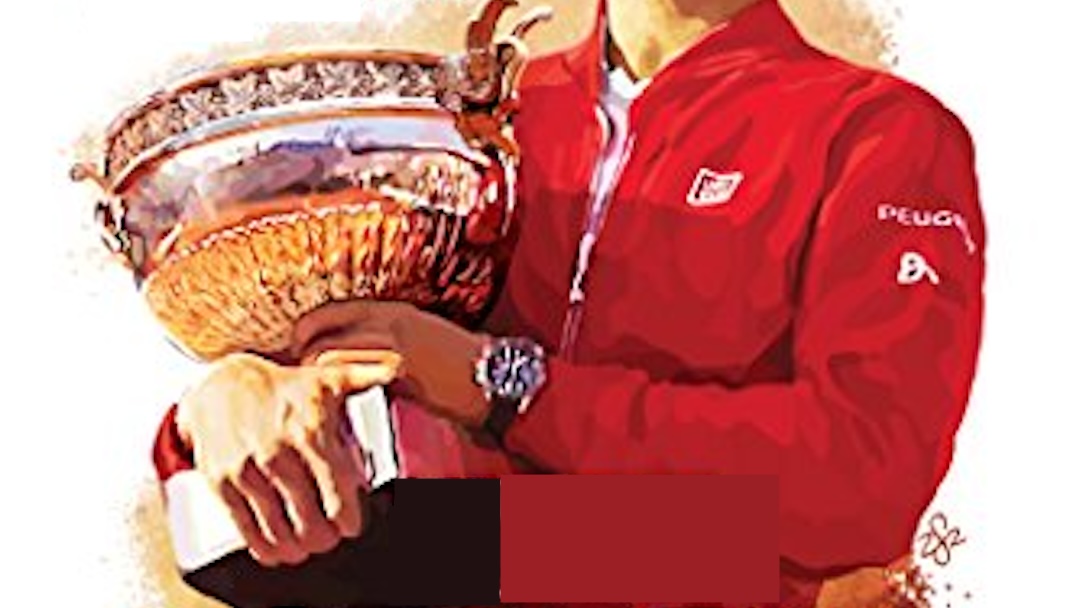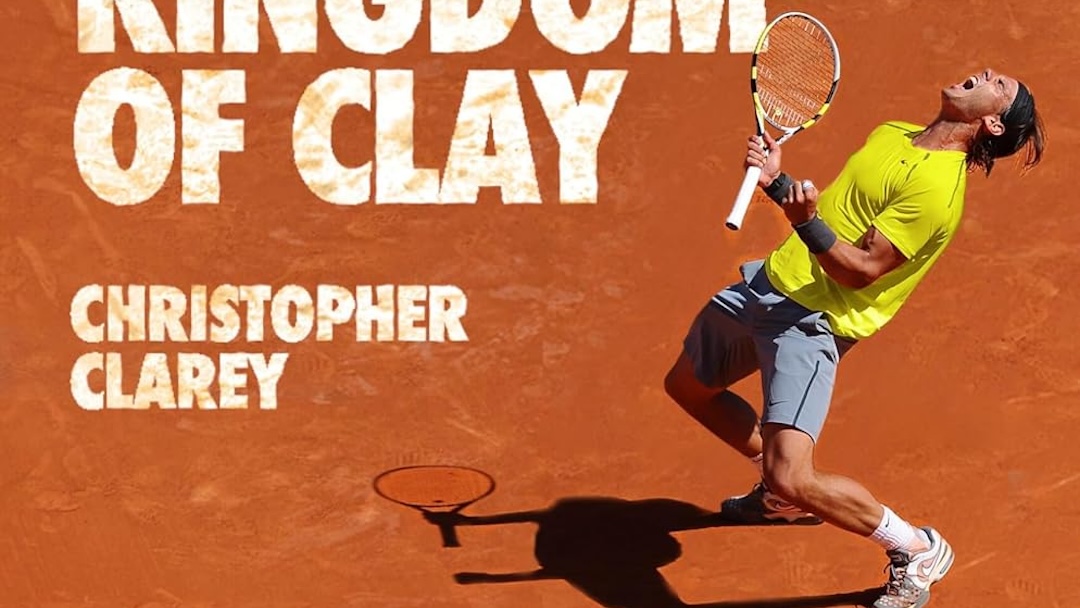Tennis Hits the Books
I am pre-disposed to like tennis books. I usually manage to find some redeeming value in every tennis book that I read. For the first time in my life, I have encountered a book that breaks that generalization. I would assign it one star on an amazon review, but only because there is no option for zero stars. It is that bad.
I have decided to not name the book or identify who wrote it. The primary reason for this is because the author was relatively young when the book was written and isn’t that much older now. Additionally, while the book can be purchased on amazon, which is where I obtained my copy, it does not readily come up in searches for tennis books. The people in my circle are unlikely to accidentally buy it.
This book came into my possession as a part of my quest to uncover a great tactical tennis book written within the last 20 years. I have been casting about and searching for recommendations. What put me onto this book was the internet equivalent to a unsolicited whisper in a dark alley. “Psssttt….. you want to try something really good?” Yeah, I sure do! This… wasn’t it.
Quite frankly, I blame Julie Heldman for the fact that I decided to read this book at this point in time. I was stunned by how amazingly good her book, Driven: A Daughter’s Odyssey turned out to be last week. My enthusiasm for self-published tennis books was at an all-time high. I was lured into thinking that another diamond might be lurking on my own bookshelf.
Additionally, I was prompted to pull this title from my shelf because it is relatively thin. I had a major project at work dominating my life last week. I simply didn’t have time to read a long book. That being said, I also wanted to maintain some semblance of control over my non-work life by reading a new tennis book. The alternative would have been to phone it in by reviewing one of the myriad of tennis books that I have already read in the vague and distant past.
One of the primary issues with the book was factual inaccuracies. For example, the author asserted that Andre Agassi always hit the ball at the apex of the bounce. WTF. Andre Agassi… was known for consistently hitting the ball on the rise. I think that the author actually did know that, despite the apex statement. I mean… maybe he was thinking that hitting the ball before the bounce reaches the peak defines the apex.
That bridges nicely into my next issue with the book. There were some chapters that I read… repeatedly… because I think the author knew what he was writing about, but failed to clearly convey his knowledge. Additionally, some sections were so poorly written that I am not completely positive what information he was attempting to share. The book gave me a profound sense of a lost opportunity.
As an example, there is a chapter which… I think… was intended to be a general treatment on how court geometry is malleable based on the shots a player selects. That is a topic that generally resonates with me and I have highlighted that concept in a previous review of another book. I do not believe that the average tennis layman could possibly comprehend what the author it attempting to convey along those same lines in this effort. There is a appalling lack of clarity.
When the book was published, the author was not terribly far removed from competing in NCAA Division I men’s tennis. As such, some of his universal absolutes are likely grounded in experience playing at a high level of skill and athleticism. I am a senior women’s tennis player. I would love to be able to execute some of the tactics outlined in the book. As fate would have it, that level of play is no longer in my body. Quite frankly, it probably never was.
As an example, there is a chapter on the drop shot with very strong statements of “always” and “never.” It made me want to reach through the pages to grab the author by the front of his shirt with “Listen, sparky… it is clear that you don’t have a clue how to effectively deploy the drop shot.” In related news, from hence forth I propose that the only authoritative sources on the tactics surrounding the drop shot shall be from card carrying members of the AARP.
There are a couple of chapters in the book that I found to be downright dangerous. First, there is a chapter on weight training that recommends lat pulls to the neck behind the head. Don’t do that kids, it is a ticket to serious potential injury.
I was also not thrilled with the advice on how to handle a cheater. This is where I will reluctantly grant the author some slack. I might have had similar attitudes when I was fresh out of my junior tennis as well. For that reason, maybe there should be a rule that you have to be at least 30 to write a book about tactical tennis. Junior tennis is the formative years and just a phase. It is not a fully mature tennis life.
I would hold a ceremonial book burning, but I am keeping my copy on hand in case someone else wants to read it. Consider this to be my own version of the Jeff Foxworthy “Courtesy Sniff.”




So many instructors/teaching pros rely on how they learned to play, how they think they played and how they were coached. These are the ones who toss around their highest ranking as qualification to coach, and in the same breath explain how they would have attained a higher ranking if only they had not been injured. Likely, these folks were coached by an unranked teaching pro. It is an easily entered field, and clearly anyone may write a book.